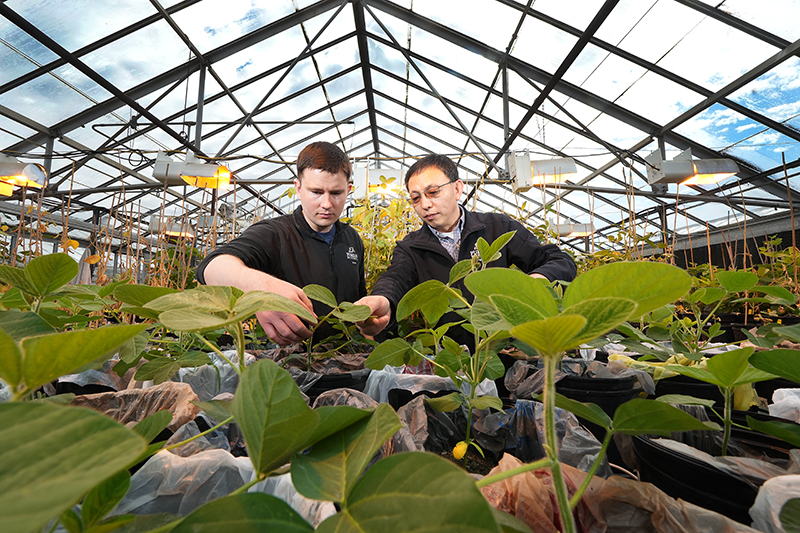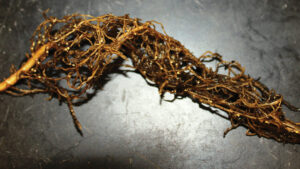Researchers found a method to domesticate wild soybeans for better crop resistance and agricultural productivity.
A team at Purdue University, with soybean geneticist Jianxin Ma at the helm, has created a pioneering biotechnological tool aimed at harnessing desirable traits from wild soybeans, such as increased resistance to leafhopper pests. This method, known as de novo domestication, streamlines the process of engineering crop improvements directly from nature’s untamed varieties.
“Previously, domesticating a specialty crop from its wild progenitor could take ancient farmers millennia. Now, we can achieve similar results in just a few years,” Ma explained in a Purdue news release. Ma holds the position of Indiana Soybean Alliance Endowed Chair in Soybean Improvement at Purdue.
The innovative approach utilizes gene-editing techniques to adapt genes from wild soybean relatives, crafting new varieties that are more suited for modern agricultural demands.
Ma’s team identified two unique long noncoding RNA genes (lncRNA) that share a genetic locus—occupying adjacent positions on the same chromosome. Unlike typical genes where one gene corresponds to one trait, these lncRNA genes control multiple traits.
“These findings, published in Nature Genetics, represent the first identified long noncoding RNA genes in any domesticated plant or animal that can be targeted for human selection,” said Ma, alongside 12 co-authors from various U.S. and Chinese institutions.
Blake Meyers, a co-author and University of California, Davis distinguished professor of Plant Sciences, emphasized the synergy of different research approaches that led to these discoveries.
“Through traditional mapping of agronomic traits, we uncovered a shared molecular basis for diverse traits including leaf and stem size, and crucially, insect resistance,” Meyers noted.
Randall Nelson, professor emeritus of soybean breeding at the University of Illinois Urbana-Champaign, praised the collaborative effort.
“My field-based program developed a unique line of crosses between soybean and wild soybean which Jianxin’s lab innovatively used to uncover novel genetic control mechanisms that differentiate domesticated from wild soybeans,” he said.
The research underscores the significance of alternative genetic control modes and enhances the understanding of domestication.
“These insights will be instrumental in tapping into the vast genetic diversity of wild soybeans, vital for future crop enhancement,” Nelson added.
Ancient farmers domesticated the widely used modern soybean variety, Glycine max, from its wild ancestor, Glycine soja. The newly discovered lncRNA genes, although highly active in wild soybeans, are less expressed in cultivated varieties due to natural mutations.
“Wild soybeans have smaller seeds, flowers, and leaves compared to their cultivated counterparts, which have been selected for larger sizes and traits conducive to higher yield and better resistance to pests like leafhoppers,” Ma said.
With the advent of gene-editing technology, the team’s ability to translate foundational research into tangible crop improvements has dramatically increased.
“Our work positions us as gene seekers, aiming to harness genetic variation to breed superior soybeans for Indiana and beyond,” Ma said.
The study received primary funding from the U.S. Department of Agriculture National Institute of Food and Agriculture, with additional support from the United Soybean Board and other agricultural organizations.













